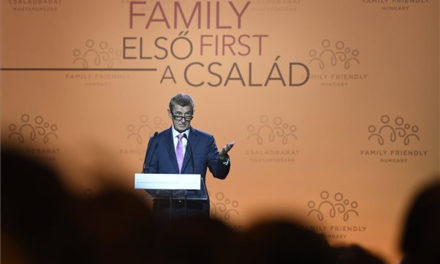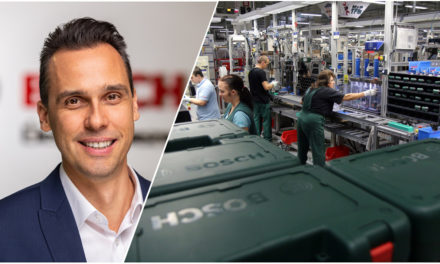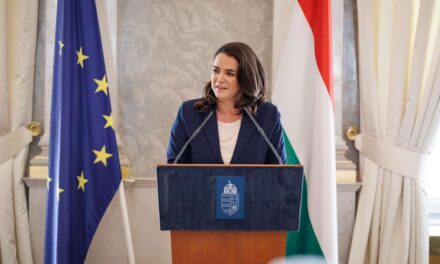Next to the Városliget, in a building created from the former villa of György Klösz and the seat of his photographic workshop, the most significant group of artefacts of Hungarian photography will find its new, permanent home: the collection of the Hungarian Photographic Museum numbers approximately seven hundred thousand pieces.
The National Museum of Photography will open in 2025 next to Városliget, in the building of the former Klösz villa, the Minister of Culture and Innovation announced on Thursday in Budapest.
"Within the framework of the Liget Budapest project, a logistical, museum technical, restoration, recordkeeping, and storage system will be built in which the new institution can find its rightful place," said János Csák, when he presented the exhibition entitled Depth/Sharpness, compiled from the outstanding works of the Hungarian Photographic Museum's 700,000-piece collection. opened an exhibition in the Neo Contemporary Art Space of the Millennium House.
Speaking to the press, János Csák highlighted: from 2025, they will finally be able to present in a worthy place the tradition, world-class heritage, enormous achievement that Hungarian photographers have shown in the past 170 years.
László Baán, ministerial commissioner of the Liget Budapest project, spoke in his welcome speech about how
in the building located at the very end of the Városliget tree row, in the former Klösz villa, from 2025 on an area of more than 3,000 square meters, the National Museum of Photography will operate as a member institution of the Museum of Fine Arts.
He pointed out: the creation of a national institution of photographic art was one of the most important objectives of the Liget Budapest project from the very beginning. "The art of photography is coming home to Városliget, where it will have its permanent home as the National Museum of Photography," emphasized László Baán.
Péter Baki, director of the Hungarian Photographic Museum, highlighted at the event: the National Museum of Photography can be realized 143 years after its foundation was first initiated.
"In 1881, the internationally renowned photographer Ferenc Veress, the founder of the profession's first magazine, wrote an open letter in order to create a photography museum in Budapest. Decades later, in 1957, the Hungarian National Gallery rejected the initiative of the Association of Hungarian Photo Artists, the inclusion of the photo collection in the museum, saying that photography does not belong to the fine arts," he recalled.
As mentioned, the museum was housed in the building of the former Orthodox synagogue in Kecskemét at the beginning of the nineties, and has operated under foundation maintenance on less than 300 square meters until today.
According to the curator, the future National Museum of Photography, which fits into the framework of the Liget Budapest Project, will belong where Hungarian photographers have always thought: within the institutional framework of the Museum of Fine Arts, it will be part of our largest and most important national fine art collection.
The 700,000-piece collection of the Hungarian Photographic Museum will become a public collection. One of the most important parts of the photo museum's collection are the works of Hungarian photographers, such as André Kertész, László Moholy-Nagy, Brassai, Martin Munkácsi, and Robert Capa. In addition, the collection of the Hungarian Photographic Museum mainly preserves the objects of photographers and photo artists created and created in Hungary, processes and presents their oeuvre.
The most artistically striking collection of the photo museum is related to Hungarian photographers between the two world wars. The collection collects works not only from 19th and 20th century artists, but also from contemporary artists in a way that strives for completeness.
The National Museum of Photography, which will open in 2025, will have more than a thousand square meters of exhibition space, a specialist library, museum pedagogy staff and professional events.
MTI
Front page photo: The extended Klösz villa in Budapest, at 49. Városliget forest row (Photo: Liget Budapest/György Palkó)












